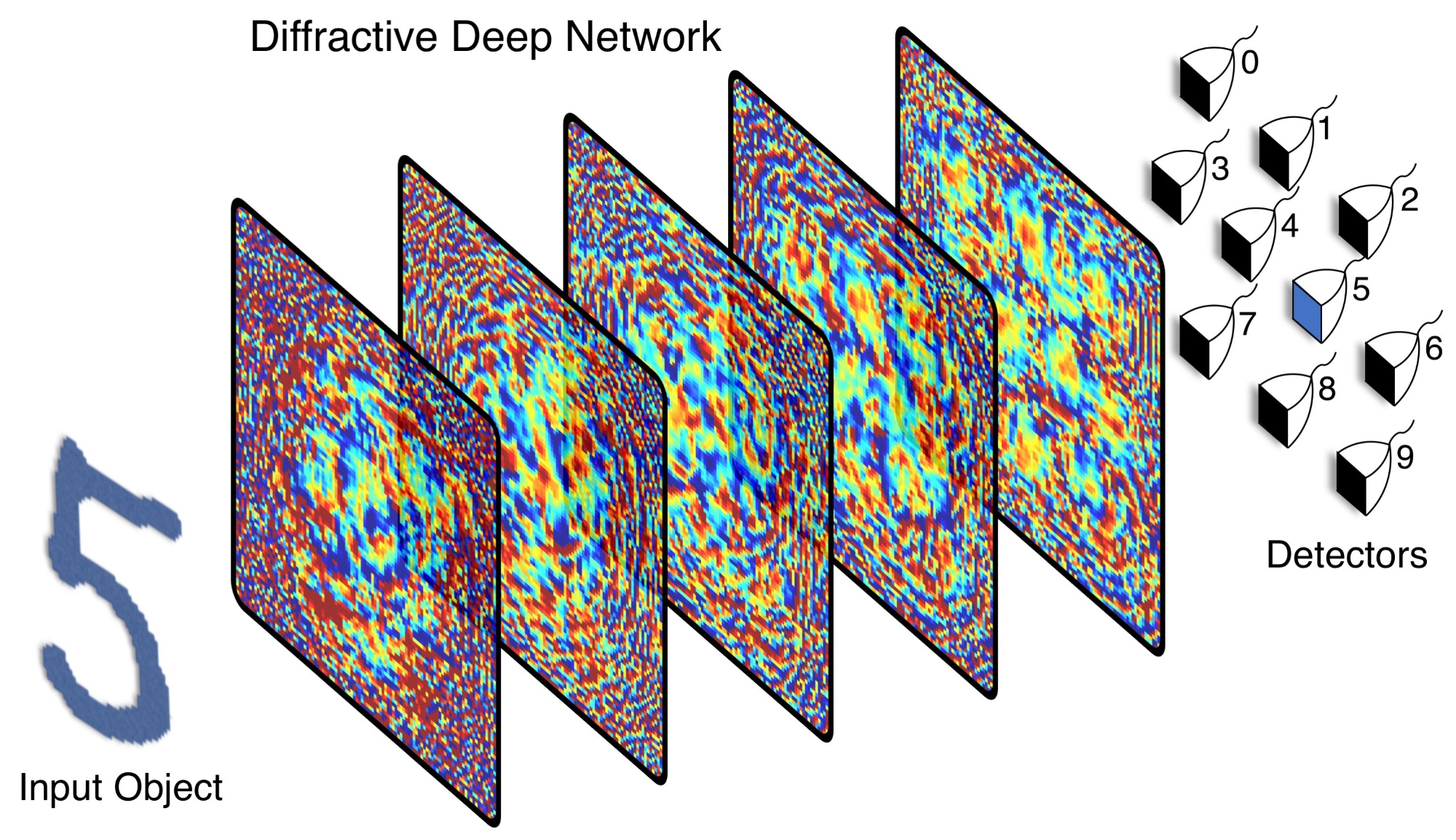When we called the ACLU’s Amazon’s Rekognition press release an “attention-grabbing stunt” when we wrote about it earlier today, well, consider that attention grabbed. Several Democratic members of Congress have responded with a strongly worded letter to founder Jeff Bezos.
Reps. Jimmy Gomez and John Lewis issued a letter to Bezos, after the ACLU noted that the facial recognition software falsely associated 28 images of Congress members with mugshots in a criminal database. Lewis, a pivotal figure in America’s civil rights moment, was among those falsely matched in the ACLU’s testing — particularly notable as the testing appeared to have a particular bias against people of color.
“The results of the ACLU’s test of Amazon’s ‘Rekognition’ software are deeply troubling,” Lewis wrote in a statement. “As a society, we need technology to help resolve human problems, not to add to the mountain of injustices presently facing people of color in this country. Black and brown people are already unjustly targeted through a discriminatory sentencing system that has led to mass incarceration and devastated millions of families.”

A trio of Congress members (Sen. Ed Markey and Reps. Luis Gutiérrez and Mark DeSaulnier), meanwhile, wrote a letter addressed to Bezos with a series of questions about the technology:
While facial recognition services might provide a valuable law enforcement tool, the efficacy and impact of the technology are not yet fully understood. In particular, serious concerns have been raised about the dangers facial recognition can pose to privacy and civil rights, especially when it is used as a tool of government surveillance, as well as the accuracy of the technology and its disproportionate impact on communities of color.
Amazon for its part, both defended Rekognition and disputed the ACLU’s methods. “We remain excited about how image and video analysis can be a driver for good in the world, including in the public sector and law enforcement,” the company wrote in a statement provided to TechCrunch.
With regard to testing, it says:
[W]e think that the results could probably be improved by following best practices around setting the confidence thresholds (this is the percentage likelihood that Rekognition found a match) used in the test. While 80% confidence is an acceptable threshold for photos of hot dogs, chairs, animals, or other social media use cases, it wouldn’t be appropriate for identifying individuals with a reasonable level of certainty. When using facial recognition for law enforcement activities, we guide customers to set a threshold of at least 95% or higher.
The company also reiterated an earlier statement that the results are intended to be used to narrow down results, rather than lead directly to arrests.
Regardless, the ACLU’s stunt certainly got the attention the organization was seeking, both with regard to the aforementioned biases and broader security implications of facial scanning for law enforcement.

 If that’s a bit much to wrap your head around, think of a mechanical calculator. Nowadays it’s all done digitally in computer logic, but back in the day calculators used actual mechanical pieces moving around — something adding up to 10 would literally cause some piece to move to a new position. In a way this “diffractive deep neural network” is a lot like that: it uses and manipulates physical representations of numbers rather than electronic ones.
If that’s a bit much to wrap your head around, think of a mechanical calculator. Nowadays it’s all done digitally in computer logic, but back in the day calculators used actual mechanical pieces moving around — something adding up to 10 would literally cause some piece to move to a new position. In a way this “diffractive deep neural network” is a lot like that: it uses and manipulates physical representations of numbers rather than electronic ones. By arranging millions of these tiny transformations on the printed plates, the light that enters one end comes out the other structured in such a way that the system can tell whether it’s a 1, 2, 3 and so on with better than 90 percent accuracy.
By arranging millions of these tiny transformations on the printed plates, the light that enters one end comes out the other structured in such a way that the system can tell whether it’s a 1, 2, 3 and so on with better than 90 percent accuracy.
 (@sorenimpey1)
(@sorenimpey1) 

